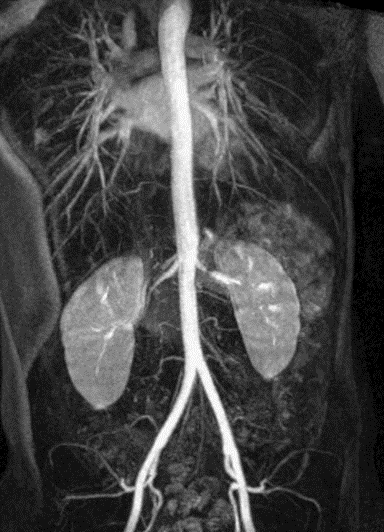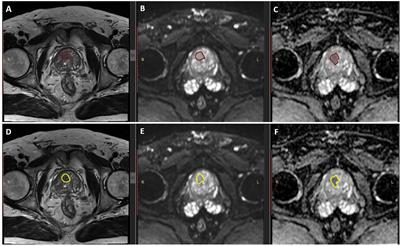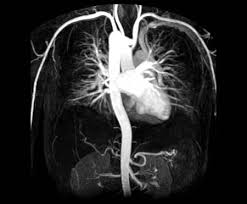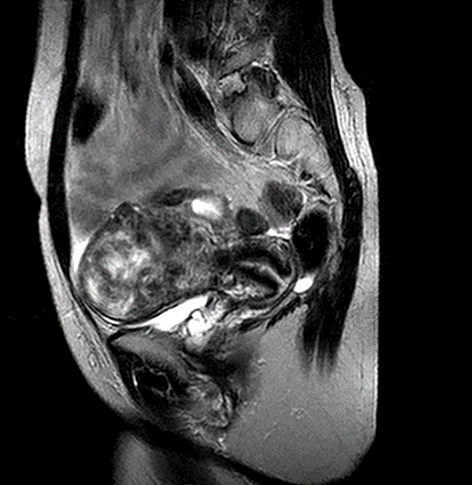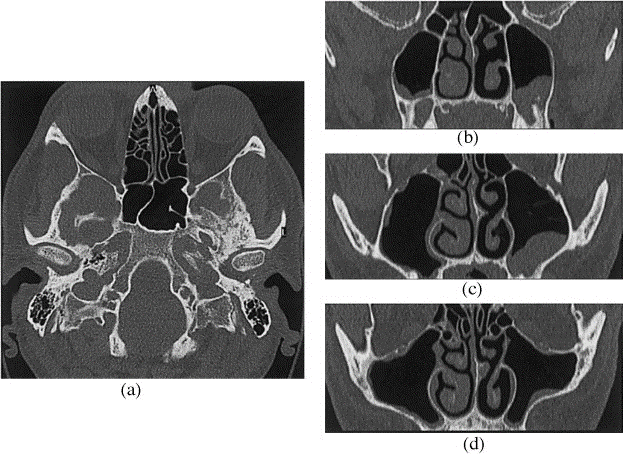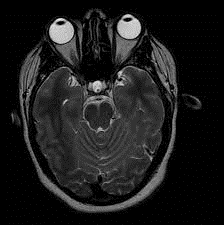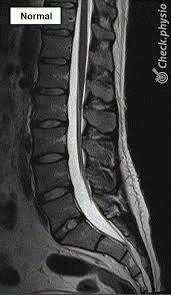Category
Routine Imaging
Synonyms/Aliases
MRI OF THE KIDNEYS, MRI RENAL ARTERIOGRAM
Abbreviations
- N/A
Report
4-6 hours (after completion of the test).
Setup
All working days
Scan
45 MINUTES
Test in Brief
Capture accurate patient information when filling the questionnaire to identify indications and contra-indications before the procedure/exam.
Exam Requirements
Full bladder prior to procedure.Remove all metal objects (e.g. watches, jewellery); patient should complete the safety questionnaire that is provided prior to the procedure; the scanner is a tunnel that is open at both ends; headphones or earphones will be used to muffle the sounds produced by the scanner. Occasionally, a special dye (contrast media) is administered through the vein. Patient should lie still till the end of procedure/exam to avoid getting blurry images.
Instructions
INSTRUCTIONS FOR REFERRING DOCTOR OR INSTITUTION: Please state clinical indication for the test on the request form; for NHIF & other insurance clients, provide the necessary documentation in full inclusive of stamps and referrer’s name/ signature/ board registration details where required. In case of NHIF queries/ clarifications, call 0785 033335 (Nakuru).
INSTRUCTIONS FOR RADIOGRAPHER: Guide the patient when filling the safety questionnaire to identify any contra-indications before the procedure/exam.
Method
Patient is placed in the MRI magnetic bore; radiofrequency is sent in depending on the sequence/ time; radiofrequecy is turned off; images are reconstructed on the MRI Console & assessed for good radiographic quality. Images are then reviewed by the radiologist. A comprehensive report detailing the patient name, gender, age, procedure date, procedure name and findings is provided.
Usefulness /Advantages
MRI scans of your kidneys can help see conditions like kidney cancer, chronic kidney disease, renal vein thrombosis, and the presence of tumors, masses, stones, or infection. There are two types of MRI scans for your kidneys: imaging with or without contrast agents.
